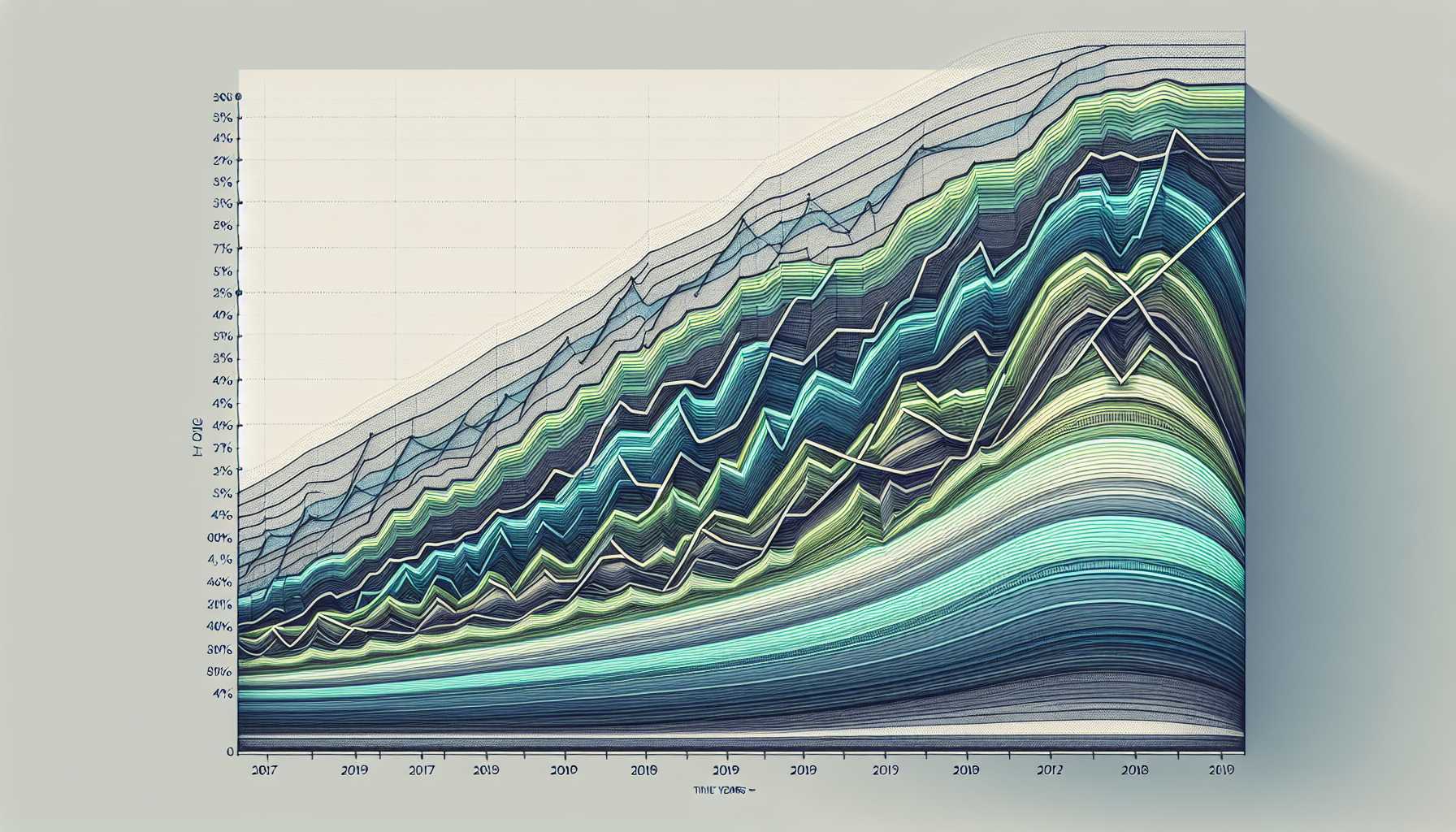The Rise of 4K Technology in US Households
The rise of 4K technology has revolutionized the way we experience entertainment at home. But how many Americans have embraced this new standard? Let’s delve into the statistics and explore the prevalence of 4K televisions in US households.
The Growing Popularity of 4K TVs
The demand for 4K TVs has steadily increased in recent years. According to a 2023 report by the Consumer Technology Association (CTA), 82% of US households now own at least one 4K television. This represents a significant jump from just 54% in 2019, highlighting the rapid adoption of this technology.
Factors Driving 4K Adoption
Several factors have contributed to the widespread adoption of 4K TVs:
- Improved picture quality: 4K offers four times the resolution of standard HD, resulting in sharper, more detailed images.
- Increased availability of 4K content: Streaming services like Netflix, Amazon Prime Video, and Disney+ offer a vast library of 4K content.
- Falling prices: 4K TVs have become more affordable, making them accessible to a wider range of consumers.
Regional Variations in 4K Penetration
While 4K penetration is high nationwide, there are some regional variations. The Northeast and West Coast tend to have higher adoption rates, likely due to higher disposable income and earlier technology adoption.
| Region | 4K Penetration |
|---|---|
| Northeast | 85% |
| West Coast | 84% |
| Midwest | 81% |
| South | 79% |
The Future of 4K
The future of 4K looks bright. With the continued expansion of 4K content and advancements in display technology, we can expect even higher adoption rates in the coming years. Additionally, the emergence of 8K TVs is on the horizon, offering even greater resolution and visual fidelity.
Conclusion
The prevalence of 4K TVs in US households has grown dramatically in recent years. With its superior picture quality and increasing affordability, 4K is becoming the new standard for home entertainment. As technology continues to evolve, we can expect even more immersive and captivating viewing experiences in the future.

